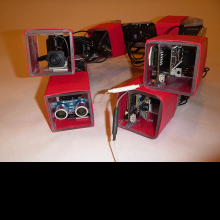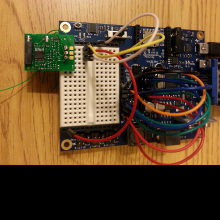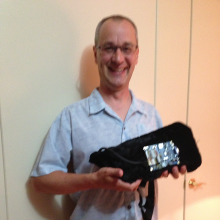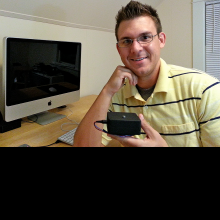The goal of this project was to build a biologically inspired robot with several applications for military use. The modular aspect enables many aspects of the robot to be customized for the operation, including the number of segments, the sensor package at the front of the robot, and the control package at the rear.
microMedic
See all the winning entries and meet the amazing inventors of the microMedic 2013 National Contest.
-
-
The genus of my microMedic entry was a request from a research partner to overlay vital-sign readings (oxygen saturation and heart rate) on an existing video image of a patient being viewed in real-time over an internet video connection using our dedicated video endpoint that we call the DocBox.
-
The inspiration for the project came from research which indicated that a person might acclimate their heart rate as a response to their environment. So might a device. The device also intends to help relax the person to which it is connecting.
-
My wife recently gave birth to triplets. They were ten weeks premature and were in the Neonatal Intensive Care Unit for a month. While there, they were connected to monitoring equipment to monitor their heart rate, respiratory rate, temperature, and at times blood oxygen levels.
-
Meditation could be a blockbuster drug except that it is free. The American Medical Association recommends transcendental-style meditation for lowering blood pressure. Meditation is good for cardio health and over 300 peer-reviewed published studies have found positive benefits for the treatment of PTSD, stress, and other conditions.
-
Advancer Technologies’s “Muscle Mouse” harnesses the power of electromyography to make physical therapy more fun and to make gaming easier for the disabled.
-
For health service officers who wish to improve procedural surgical skills, our product is a physical training platform that provides quantifiable feedback.
-
BARFS was conceived as an entry into the microMedic 2013 National Contest to develop a medical training device.








